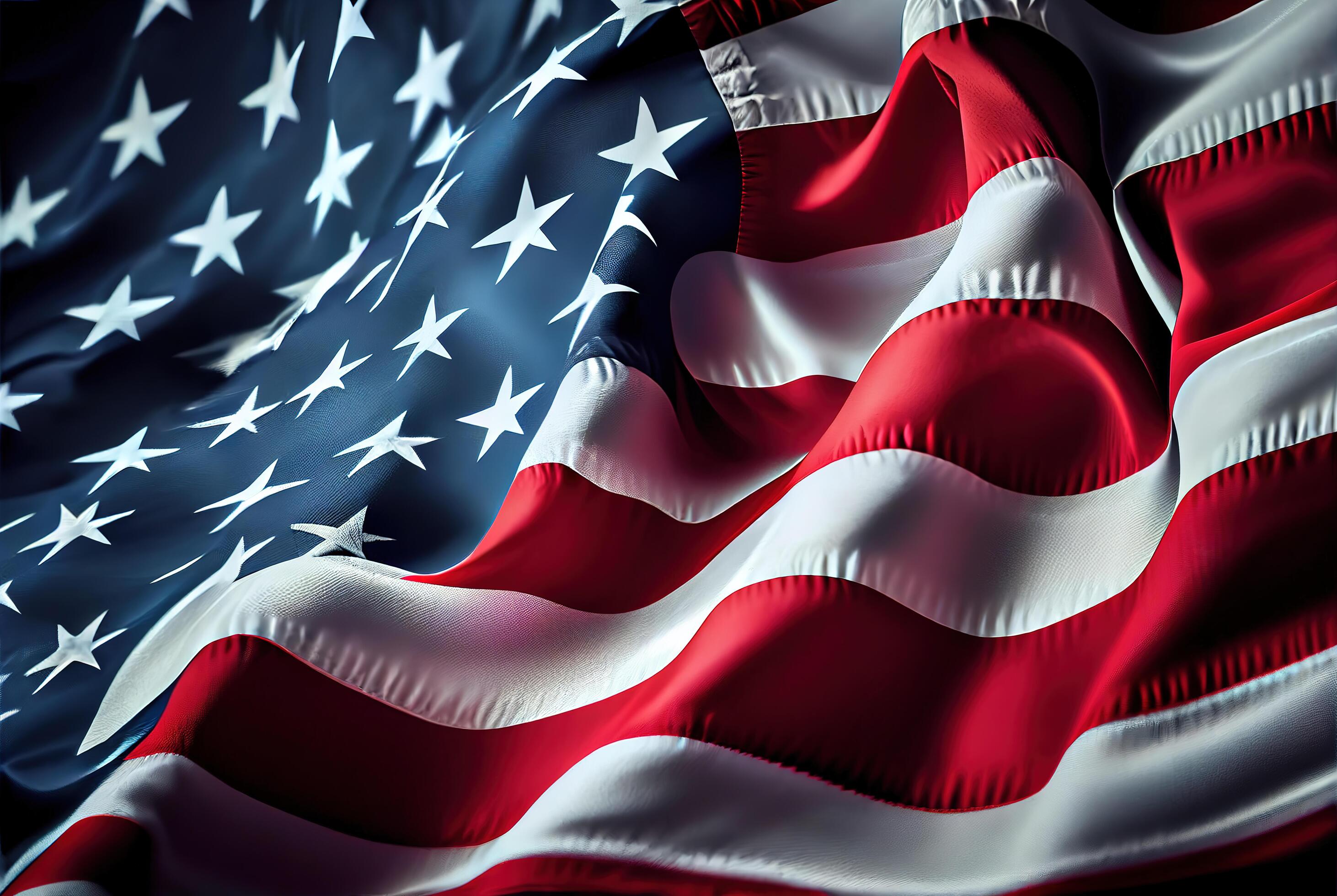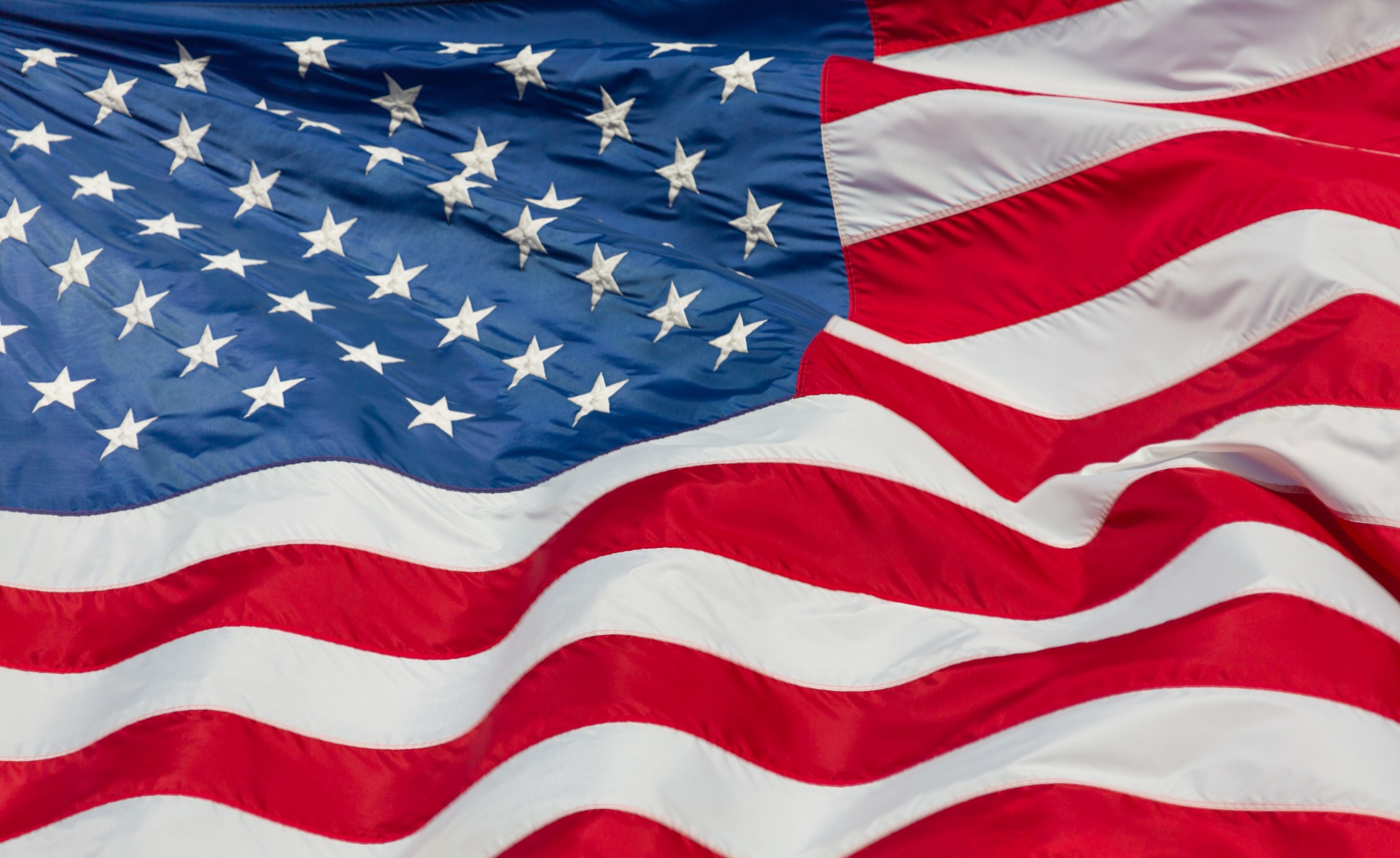American club tobacco has a rich and storied history that reflects the evolution of the tobacco industry in the United States. From its humble beginnings in indigenous practices to its transformation into a commercial powerhouse, club tobacco has been intertwined with the cultural fabric of American society. This article will explore the history, cultivation, cultural significance, and economic impact of club tobacco, providing valuable insights into its enduring legacy.
Historical Background of Tobacco in America
![]()
Tobacco has been cultivated in North America for thousands of years, long before European settlers arrived. Indigenous peoples utilized tobacco for ceremonial and medicinal purposes, recognizing its spiritual significance. The arrival of Europeans in the late 15th century marked the beginning of commercial tobacco cultivation.
- Early Cultivation: Spanish explorers first documented tobacco use among indigenous tribes in the 1490s. They noted its role in rituals and social gatherings.
- Colonial Era: By the 1600s, tobacco became a cash crop in Virginia and Maryland, significantly influencing the economy and social structure.
- Development of Club Tobacco: The concept of “club tobacco” emerged in the 19th century as small batches of high-quality tobacco were cultivated and blended for premium smoking experiences.
The Rise of Club Tobacco in the 19th Century

As the popularity of smoking grew, so did the demand for quality tobacco. The 19th century saw the establishment of tobacco clubs, where aficionados could gather to enjoy premium blends and share their passion for tobacco.
- Formation of Tobacco Clubs: These social gatherings allowed enthusiasts to appreciate the craftsmanship behind quality tobacco, leading to a burgeoning culture centered around club tobacco.
- Premium Blends: Tobacco producers began focusing on blends specifically crafted for club use, leading to a variety of flavors and strengths that appealed to discerning smokers.
- Influence of Technology: The invention of the cigarette rolling machine in the late 19th century revolutionized tobacco consumption, making it more accessible and further popularizing club tobacco.
Cultivation Techniques and Varieties

The cultivation of club tobacco is an art that requires specific techniques and conditions. Understanding these methods is crucial to appreciating the product’s quality.
- Soil and Climate: Club tobacco thrives in specific regions known for their fertile soil and favorable climate, such as Virginia, North Carolina, and Kentucky.
- Growing Process: The cultivation process involves several key steps:
- Seed Selection: Farmers choose high-quality seeds suited for their climate.
- Transplanting: Young plants are carefully transplanted to fields.
- Harvesting: Leaves are harvested at different stages for optimal flavor.
- Curing Techniques: Proper curing methods, such as air curing and fire curing, enhance the tobacco’s flavor profile.
Cultural Significance of Club Tobacco

The cultural significance of club tobacco extends beyond mere consumption; it represents a lifestyle and a community for many enthusiasts.
- Social Gatherings: Tobacco clubs have served as social hubs, fostering friendships and shared experiences among members.
- Art of Smoking: The ritual of smoking club tobacco has been celebrated in literature and art, depicting the leisure and sophistication associated with it.
- Legacy and Tradition: Many families maintain traditions of tobacco cultivation and consumption, passing down knowledge and appreciation through generations.
The Economic Impact of Club Tobacco
The club tobacco industry has had a significant economic impact, both on local communities and the national economy.
- Job Creation: The cultivation, processing, and distribution of club tobacco create thousands of jobs across the United States.
- Revenue Generation: The tobacco industry contributes billions of dollars in revenue through taxes and sales, supporting various public services.
- Export Opportunities: High-quality American club tobacco is sought after globally, opening up international markets for American growers.
Contemporary Trends and Challenges
As society evolves, so too does the tobacco industry. Contemporary trends and challenges impact the future of club tobacco.
- Health Awareness: Increased awareness of the health risks associated with tobacco use has led to declining smoking rates, particularly among younger generations.
- Regulations: Stricter regulations on tobacco advertising and sales have affected the industry, requiring producers to adapt their marketing strategies.
- Shifting Preferences: The rise of alternative tobacco products, such as vaping and smokeless tobacco, has created competition for traditional club tobacco.
Case Studies: Iconic American Club Tobacco Brands

Several brands have played a pivotal role in shaping the club tobacco landscape in America. Their stories offer insights into the industry’s evolution.
- Macanudo: Established in 1968, Macanudo cigars have become synonymous with luxury and quality, appealing to a sophisticated clientele.
- Arturo Fuente: This family-owned business has been producing premium cigars since 1912, emphasizing craftsmanship and tradition.
- Oliva Cigars: Known for their rich flavors and quality, Oliva Cigars has garnered a loyal following among club tobacco enthusiasts.
Conclusion: The Enduring Legacy of American Club Tobacco

American club tobacco represents more than just a product; it embodies a rich cultural heritage and a community of enthusiasts who appreciate the artistry of tobacco cultivation and consumption. From its historical roots to its contemporary challenges, the journey of club tobacco is a testament to the resilience and adaptability of an industry that has stood the test of time. Despite facing challenges in health awareness and market competition, the legacy of American club tobacco continues to thrive, ensuring that future generations can appreciate its rich heritage.
As we reflect on the journey of American club tobacco, we recognize its role in shaping social interactions, economic growth, and cultural expression. The passion for high-quality tobacco will likely endure, with enthusiasts and producers alike committed to preserving the traditions that have defined this cherished American pastime.


